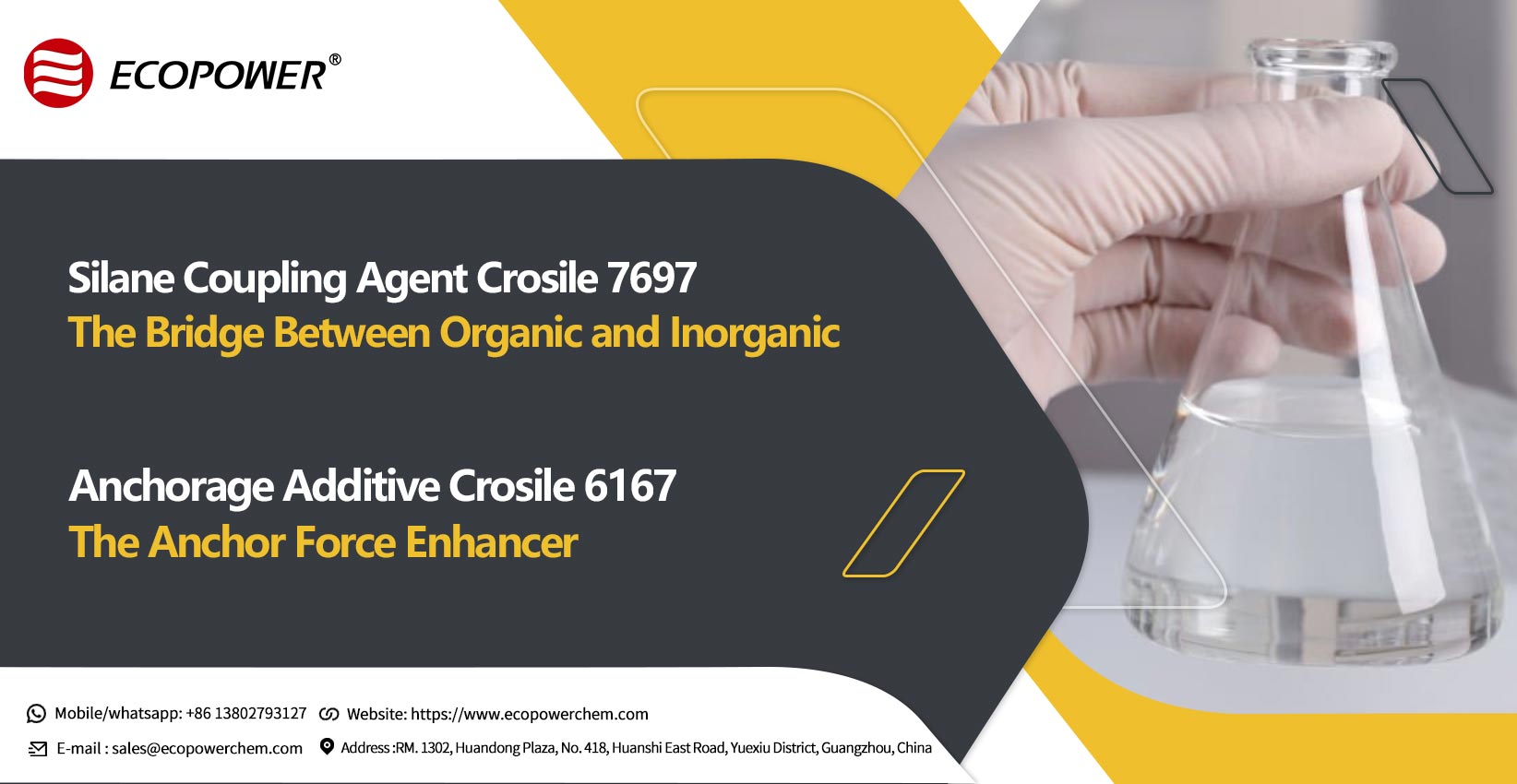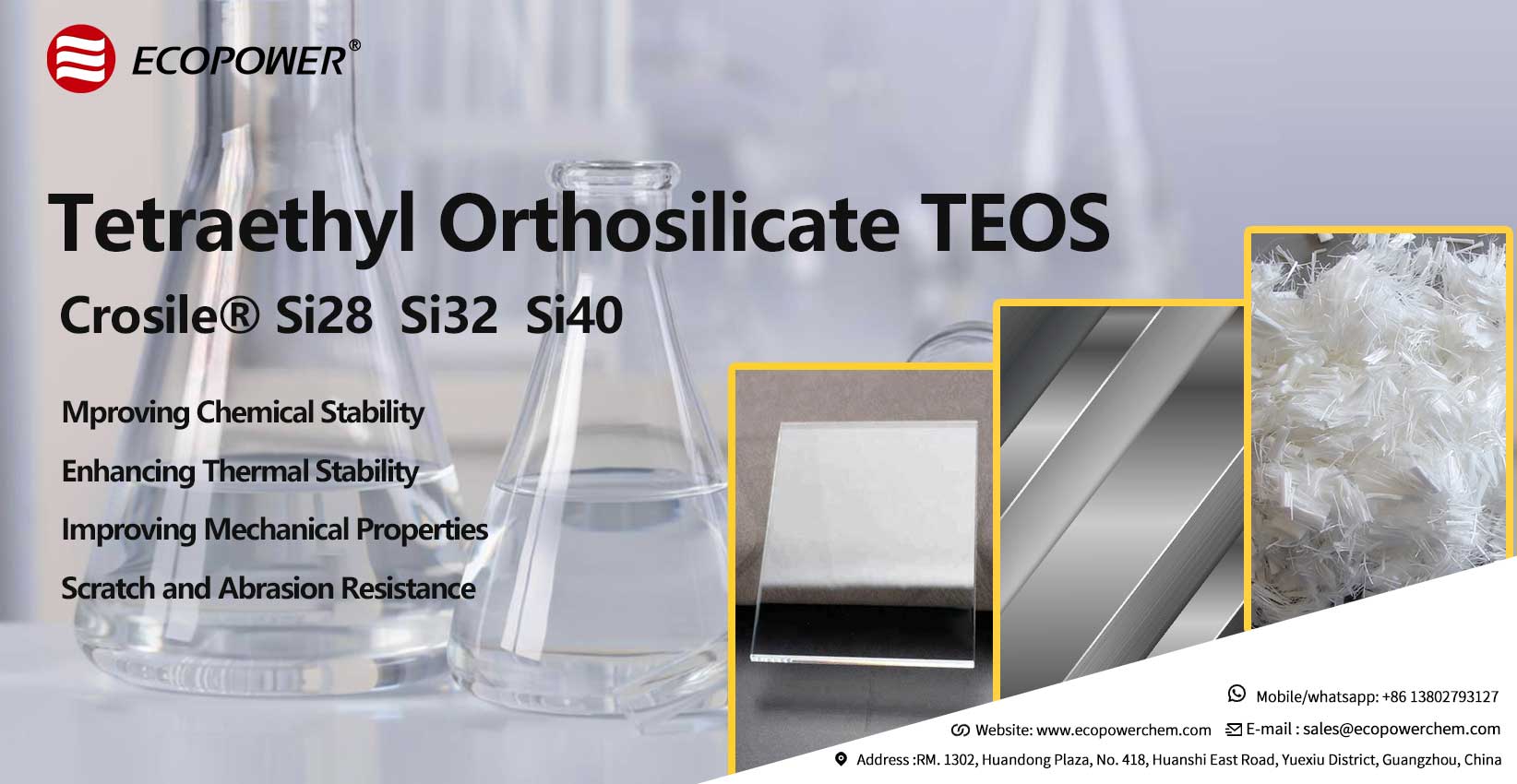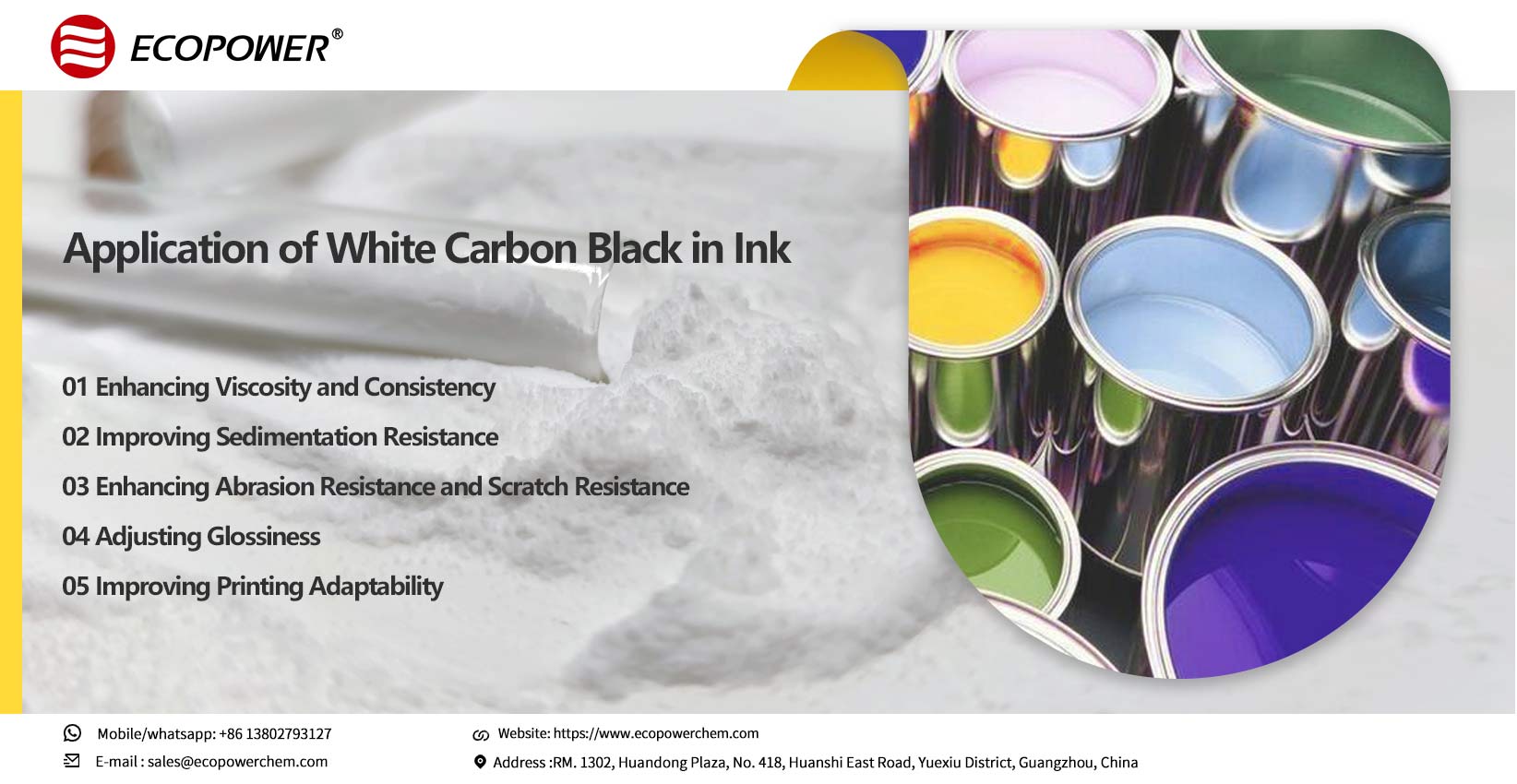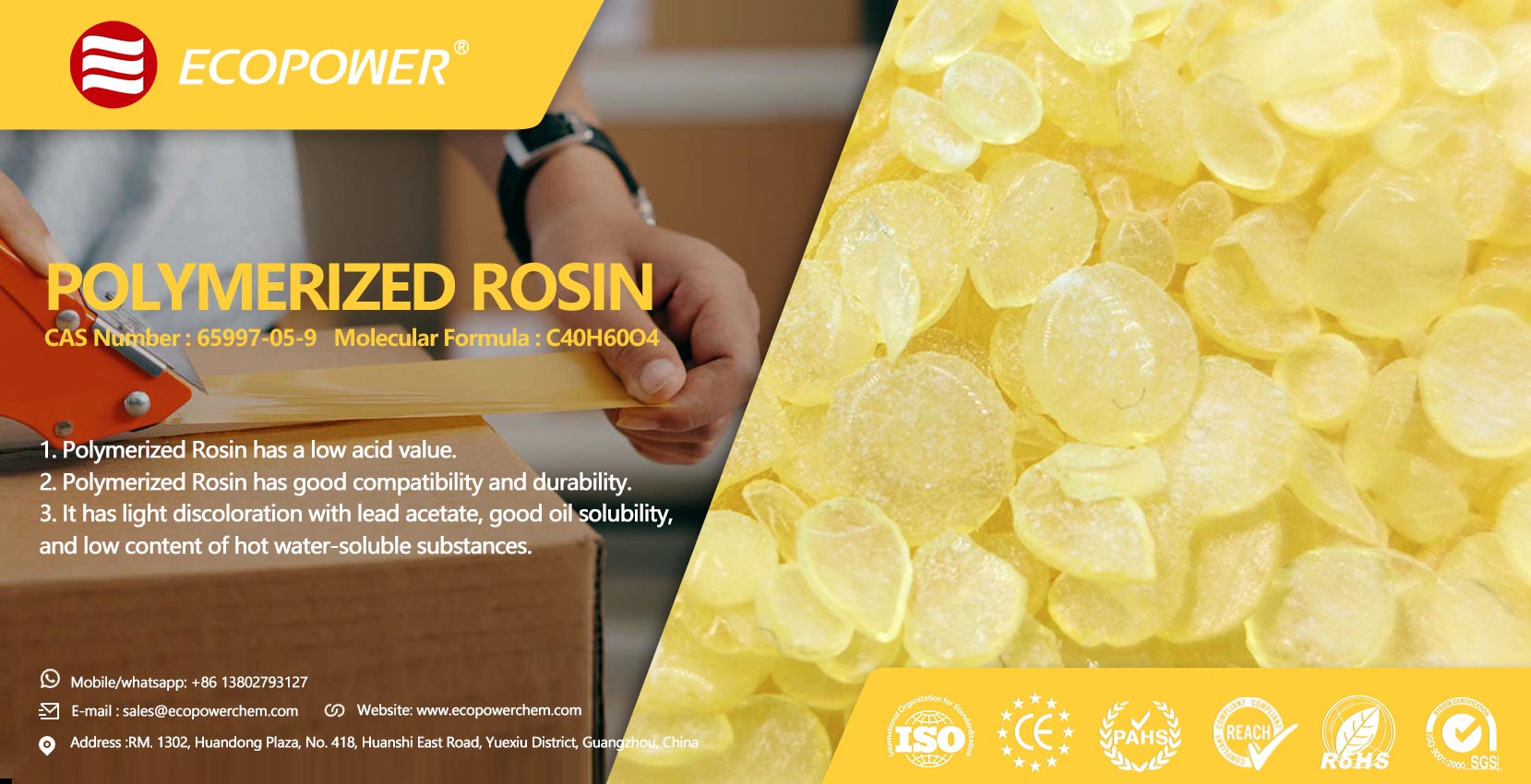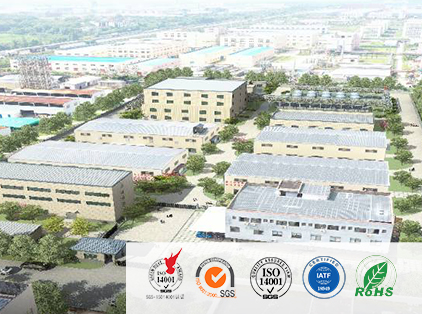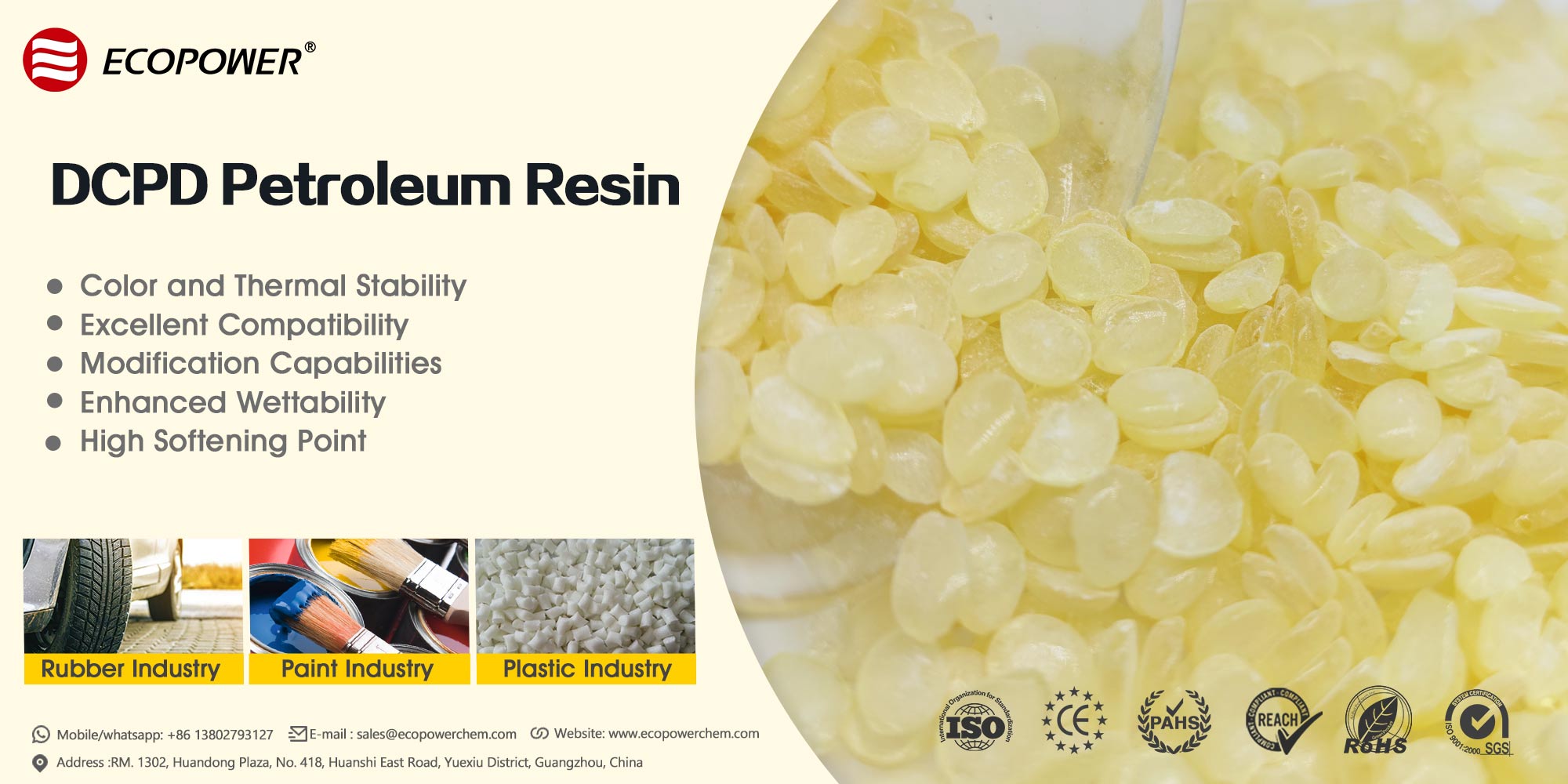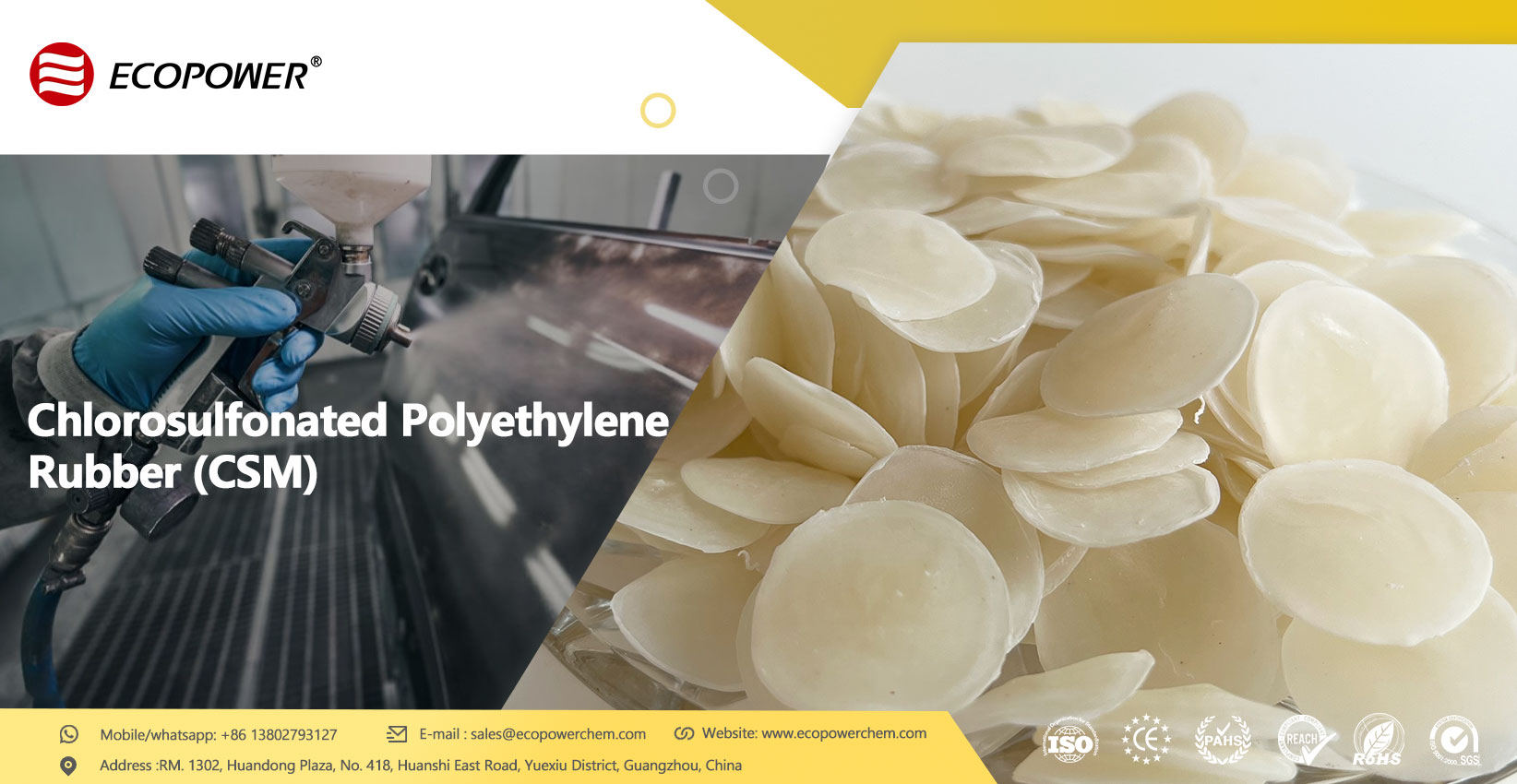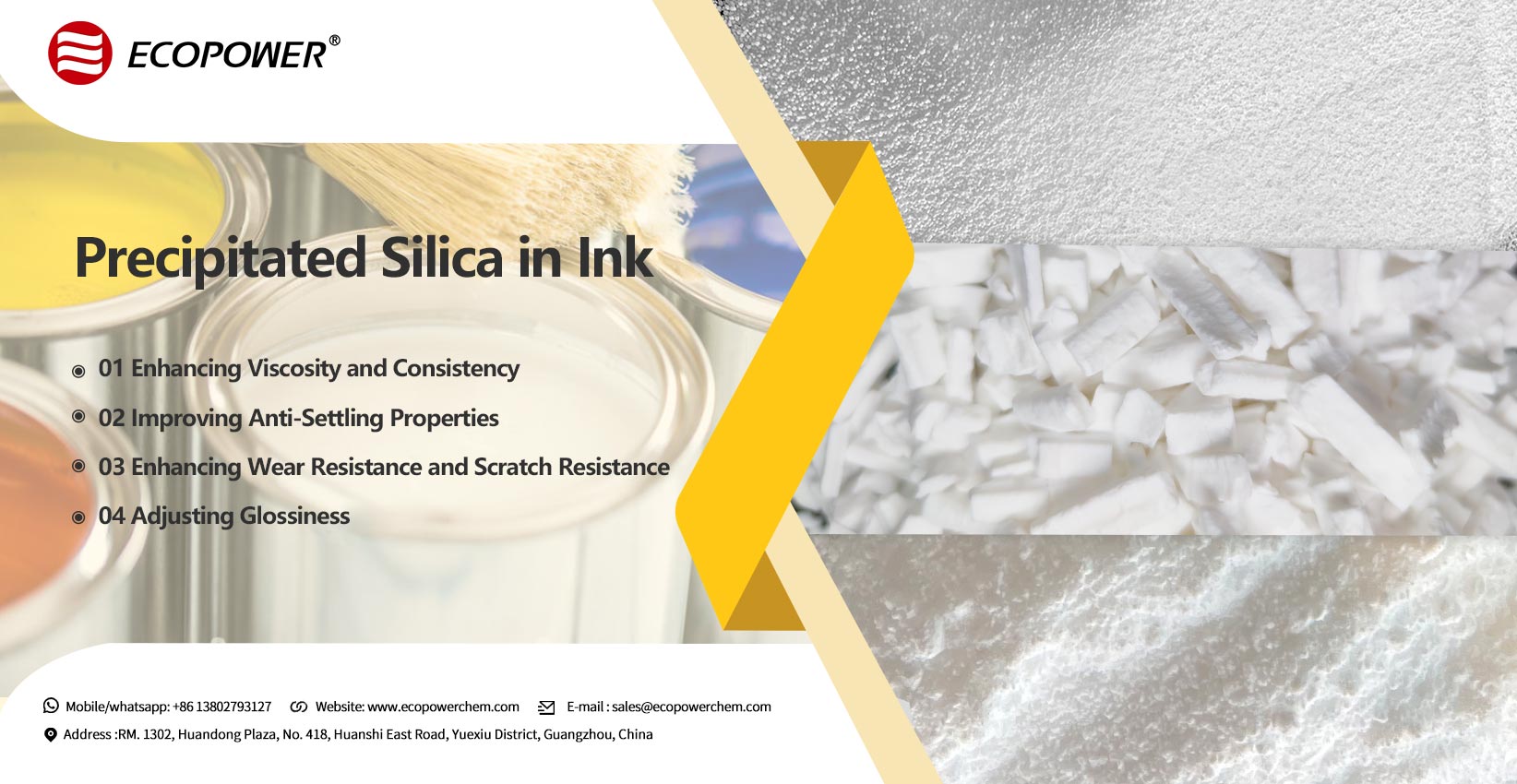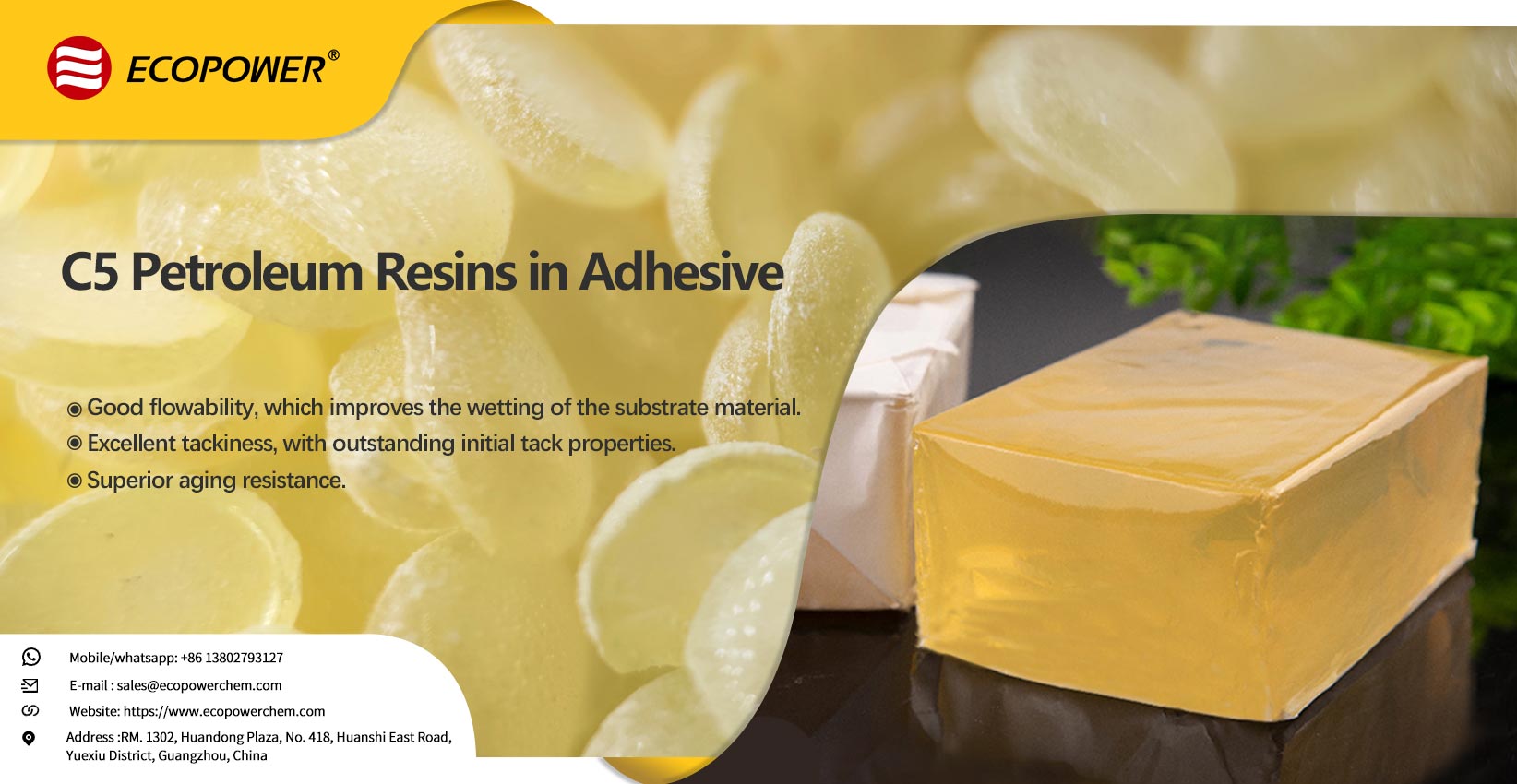Apr / 18, 2024
C5 Petroleum Resins in Adhesive
C5 petroleum resins, also known as C5 hydrocarbon resins, have become increasingly important as viscosity modifiers. Among them, the most common applications are in hot melt adhesives, pressure-sensitive adhesives, and the rubber tire industry. Petroleum resins are suitable for use in hot melt adhesives, pressure-sensitive adhesives, and rubber tires. They exhibit excellent compatibility with styrene block copolymers (SIS, SBS, SEBS, SEPS), natural rubber, synthetic rubber, EVA, and other materials. They also show good compatibility with natural viscosity-enhancing resins such as terpenes, rosin, and their derivatives, leading to various improvements in adhesive performance. In recent years, C5 petroleum resins have gradually replaced natural viscosity-enhancing resins due to their high peel adhesion strength, fast initial tack, stable bonding performance, moderate melt viscosity, good heat resistance, excellent compatibility with polymer matrices, and low cost. The characteristics of C5 petroleum resins in adhesive systems include: Good flowability, which improves the wetting of the substrate material. Excellent tackiness, with outstanding initial tack properties. Superior aging resistance. Optimal balance between cohesive strength and peel strength. Light color. Transparent, low odor, and low volatility. Product List Item Softening Point (°C) Color Gardner Acid Value (Mg KOH/g) Specific Gravity (20/20°C) Melt Viscosity (BRF, @200°C, cps) Test Method ASTM E 28 ASTM D 1544 ASTM D 974 ASTM D 71 ASTM D 3236 HC 5100 95-105 #3-5 ≤1.0 0.92-0.99 200 max HC 52100A 95-105 #3-5 ≤1.0 0.92-0.99 200 max DCPD RESIN 95-120 #0-3 ≤0.05 0.92-0.99 170 max HC 5090 85-95 #4 ≤1.0 0.92-0.99 200 max HC 52100 100-105 #3-4 ≤1.0 0.92-0.99 250 max
Xem thêm

